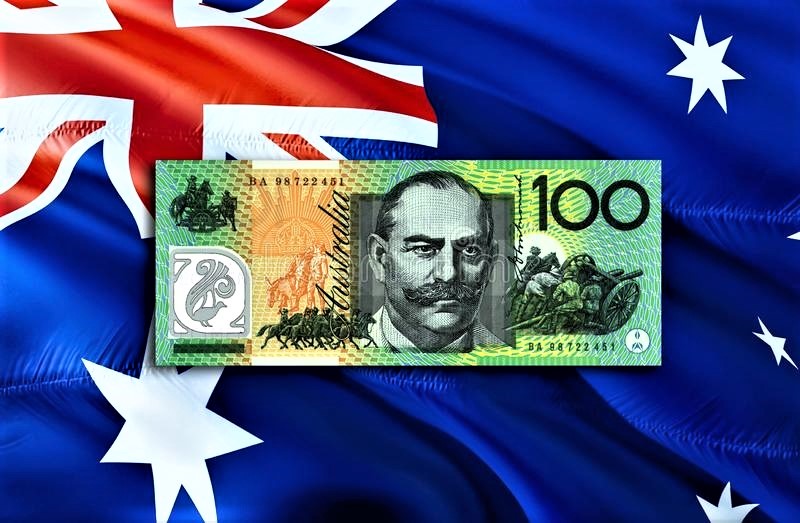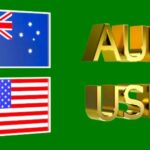Australian dollar fell for the sixth straight session.
On Friday, the Australian Dollar (AUD) extended its losing skid to the sixth consecutive session. The drop in the AUDUSD pair can be linked to the strengthening of the US Dollar (USD) as risk aversion rises.
The AUD fall may be restricted due to the RBA’s expected interest rate hike.
Higher-than-expected Employment Change numbers. Which reflect tight labor market conditions and fuel fears about a likely interest rate hike from the Reserve Bank of Australia, may restrict the AUD’s fall. The Australian Bureau of Statistics reported on Thursday. That Employment Change climbed by 50,200 in June from May, exceeding market expectations of 20,000. This data marginally modified investors’ expectations for a rate hike by the Reserve Bank of Australia in August. With swaps showing a 20% possibility, up from 12% previously, according to Reuters. However, the unemployment rate rose to 4.1% from 4.0%, defying expectations of a stable outcome.
The US dollar may suffer as weaker labor data fuels anticipation of a Fed rate cut in September.
The US dollar is strengthened by rising US Treasury yields. However, the dollar’s gain may be limited due to weaker labor statistics. Which raises market expectations of a rate drop decision by the Federal Reserve (Fed) in September.
According to CME Group’s FedWatch Tool. Markets now predict a 93.5% probability of The Fed decreased interest rates by 25 basis points at its September meeting, up from 85.1% the previous week.
Daily Market Movers: The Australian dollar falls due to greater risk aversion.
According to Reuters, Sean Langcake, head of macroeconomic forecasting for Oxford Economics Australia, stated. “The current rate of employment growth suggests demand is resilient and cost pressures will persist.” We believe the RBA will maintain the course and leave interest rates on hold. But August is undoubtedly a live meeting.
According to Westpac’s assessment of a paper on inflation in Australia and the RBA is projected to follow the same general disinflation trend as other countries due to substantially identical economic shocks.
US first jobless claims surged more than expected on Thursday, rising 243K The number of new unemployment benefits seekers for the week ended July 12 exceeded the projected 230K and above the previous week’s corrected figure of 223K.
On Wednesday, Fed Governor Christopher Waller stated. That the US central bank is ‘coming closer’ to cutting interest rates. Meanwhile, Richmond Fed President Thomas Barkin noted. That inflation easing had begun to expand and that he hoped it would continue, according to Reuters.
During an interview with Bloomberg News on Tuesday, Donald Trump warned Fed Chair Jerome Powell not to lower US interest rates before the November presidential election. However, if re-elected, Trump has stated. That he will let Powell to finish his term provided he continues to “do the right thing” at the Federal Reserve.
Fed Chairman Powell announced that the three US inflation readings this year “add somewhat to confidence” that inflation is on pace to achieve the Fed’s objective.
On Monday, Fed Chairman Powell announced that the three US inflation readings this year “add somewhat to confidence”. That inflation is on pace to achieve the Fed’s objective on a sustained basis, implying that a change to interest rate decreases is close.
The third plenum of the Chinese Communist Party’s 20th National Congress resumes today. July 15-18. Standard Chartered anticipates the People’s Bank of China to decrease interest rates and the reserve requirement ratio (RRR) as GDP growth slowed in the second quarter. China’s growth drivers remain uneven, and trade tensions are growing. As the US and EU impose fresh tariffs on Chinese electric vehicles (EVs).









